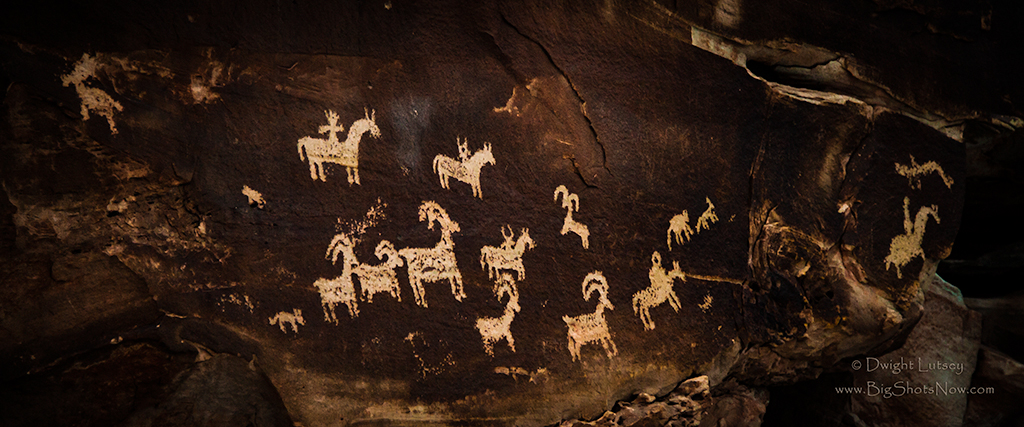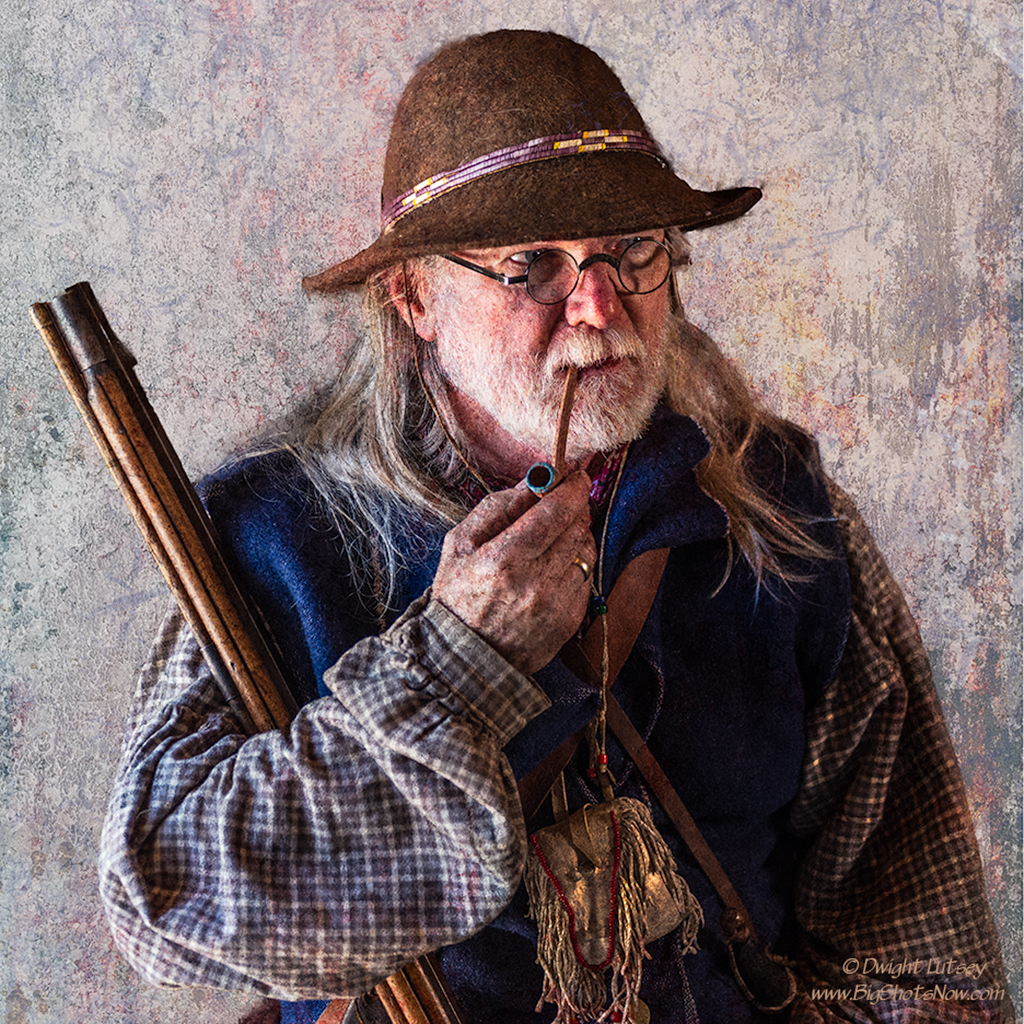 Ute Panel – Arches National Park
Ute Panel – Arches National Park
Way back in the winter of 2013 one of our field researches was trying to locate new and unusual features in one of our nation’s most celebrated National parks when he happened to stumble across this panel of really old Indian drawing. As you know The Institute is constantly sending out explorers, researchers, bill collectors, real estate agents, used car salesmen, pan handlers, reformed alcoholics, unreformed alcoholics, dentists, appliance repairmen, bible salesmen, airplane mechanics, mercenaries, ninjas, paranormal psychologists, dog groomers, and cable installers, anyone and anything we might make a buck on, to increase our revenue stream and to bring you new and interesting scientific discoveries.
What we’re really interested in here at The Institute is scientific material that we can exploit, because we live in an age where lots of people with money really like all this old stuff and will pay through the nose for any cool discoveries that they can vicariously partake of from the comfort of their barcoloungers. Besides this stuff really reads well on our grant proposals so we are in a much better position to get funded than say, some respectable stuffy old university or government program that has ethics and stuff and has to stick to the truth and facts to make ends meet. Unburdened by those sticky regulations we can easily produce really neat research that reads like a Indiana Jones novel and is difficult to refute without looking like an old stick in the mud professor or government stooge that has to do things correctly and is just mad because our stuff gets published and made into movies. They’re always bellowing like a scalded hog when they find we’ve altered the facts to fit the story. Like anyone cares, except for some old academics and the scientific world at large. Last time I looked they weren’t making my Mercedes payments.
When our researcher discovered this panel of Ute Indian rock art he was overjoyed but excited because here was something he could really sink his teeth into. It was what they call a eureka moment in research-speak. A panel of historical value that he could claim discovery of because there was no one else there when he stumbled across it. The research was completed by some archaeologist a long time ago who had left a bronze plaque with his version of the events captured, and who probably didn’t know any more than he did about this thing, and besides he could make up a better story than that guy. And it photographed well.
What our researcher concluded was this was an event that took place sometime before 2013 and conclusively proved that the Utes had domesticated not only horses and dogs but the wily Desert Bighorn sheep as well. The activities shown in the artwork describe how the Utes, using nothing but their wits, horses, herding dogs, GPS, and BLM grazing permits would bunch up a herd of these Desert Bighorns and make them stand still for long periods of time. Why they did this is still up for debate (and the possibility of getting another grant to study the issue further) but it is likely they did it so the artist creating this image in stone, had time to work. They didn’t have digital cameras back then, this was the old days. They had to have everyone be very still so he didn’t screw up and draw it wrong.
The reason this post is called Rock Art Redux is our researcher found another panel, a previously secret undiscovered panel that nobody but us and now you, knows about, located a little further back on the cliff. Apparently someone, one of the sheep or dogs, moved. Maybe one of the Indians was goofing around and held his hand up with two fingers making the rabbit sign behind another guys head, who knows, this was a long time ago. Someone’s always got to clown around when a picture is being taken. Anyway, they moved and the artist had to basically x everything out and start over. You don’t erase in rock art you just have to scratch it out and start over. Apparently those guys were real sticklers for accuracy.
The Institute doesn’t like to leave unanswered questions just lying about willy-nilly so we intend to study this problem more, at great length actually, or as long as we can milk the grant for our expenses, so you, our loyal readers get the real story or as close as we can get to it. Stay tuned.



You must be logged in to post a comment.